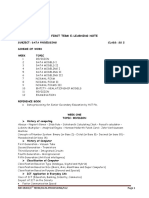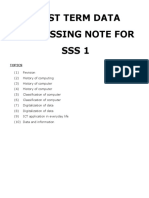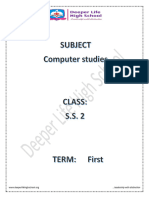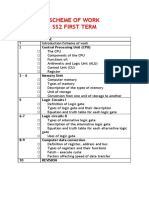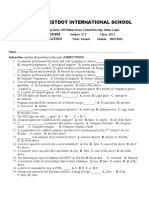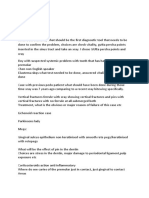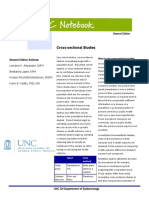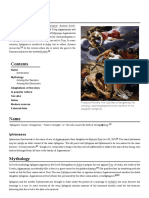100% found this document useful (2 votes)
5K views20 pagesSS3 Data Processing Lesson Note First Term
The document provides lesson notes on database security for students. It covers topics like introduction to database security, access control, roles of database administrators, and encryption. The notes include definitions, explanations of concepts, examples, and objective test questions for students to study.
Uploaded by
ChristianaCopyright
© © All Rights Reserved
We take content rights seriously. If you suspect this is your content, claim it here.
Available Formats
Download as PDF, TXT or read online on Scribd
100% found this document useful (2 votes)
5K views20 pagesSS3 Data Processing Lesson Note First Term
The document provides lesson notes on database security for students. It covers topics like introduction to database security, access control, roles of database administrators, and encryption. The notes include definitions, explanations of concepts, examples, and objective test questions for students to study.
Uploaded by
ChristianaCopyright
© © All Rights Reserved
We take content rights seriously. If you suspect this is your content, claim it here.
Available Formats
Download as PDF, TXT or read online on Scribd
/ 20




